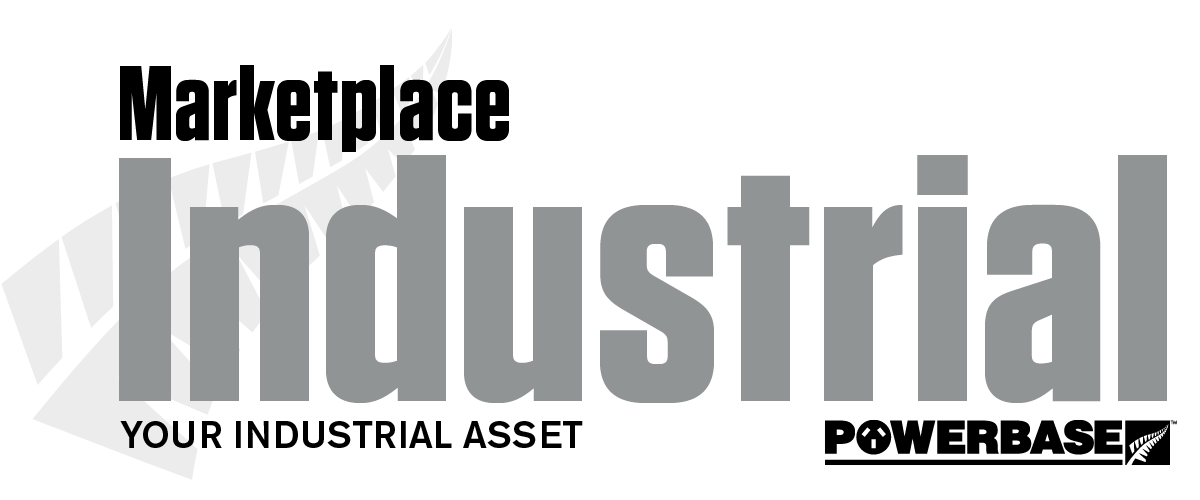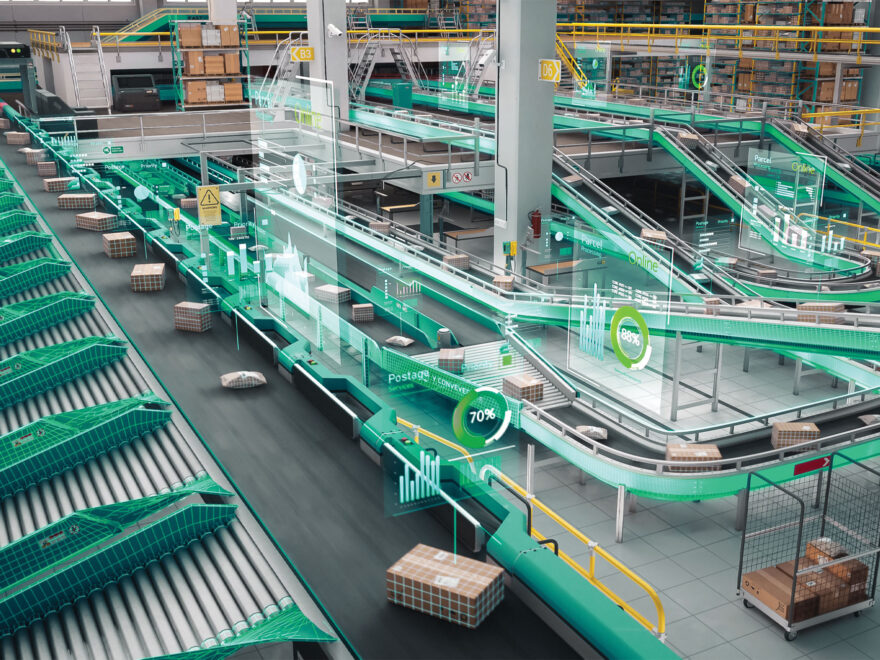“When should an older drive be replaced with a new one?” is a question that plant / facility and maintenance managers will eventually have to answer. The answer is not always self-evident and depends on several factors.
While simply replacing older variable speed drives may appear to be the only option, there are valid reasons why other possibilities may want to be explored, more specifically:
- Budget constraints i.e. total replacement costs are typically capital expenditures and are higher, in the short term, than other options.
- Maintain product types i.e. not having a mix of products in the plant/premises.
- Personnel are competent and trained on existing equipment and procedures.
- Space/layout restrictions.
Most manufacturers of electrical equipment have an end of life defined for their products for technical reasons. Once a variable speed drive (VSD) approaches the end of life, the following four options present themselves to the owner as potential options:
- Run to Fail – Perform basic preventative maintenance but no proactive exchange of key components.
- Revitalise – Extend the life of the current drive by replacing key components.
- Retrofit – Replace the drive with newer technology, keeping the enclosure and cabling in place.
- Total replacement – Sometimes called “rip and replace”, a completely new installation with new enclosure.
Each of these options has a set of circumstances that would make it a rational choice. Each has their own set of advantages and disadvantages. Let’s review these options and consider a description of what is meant by revitalization as it pertains to variable speed drives.
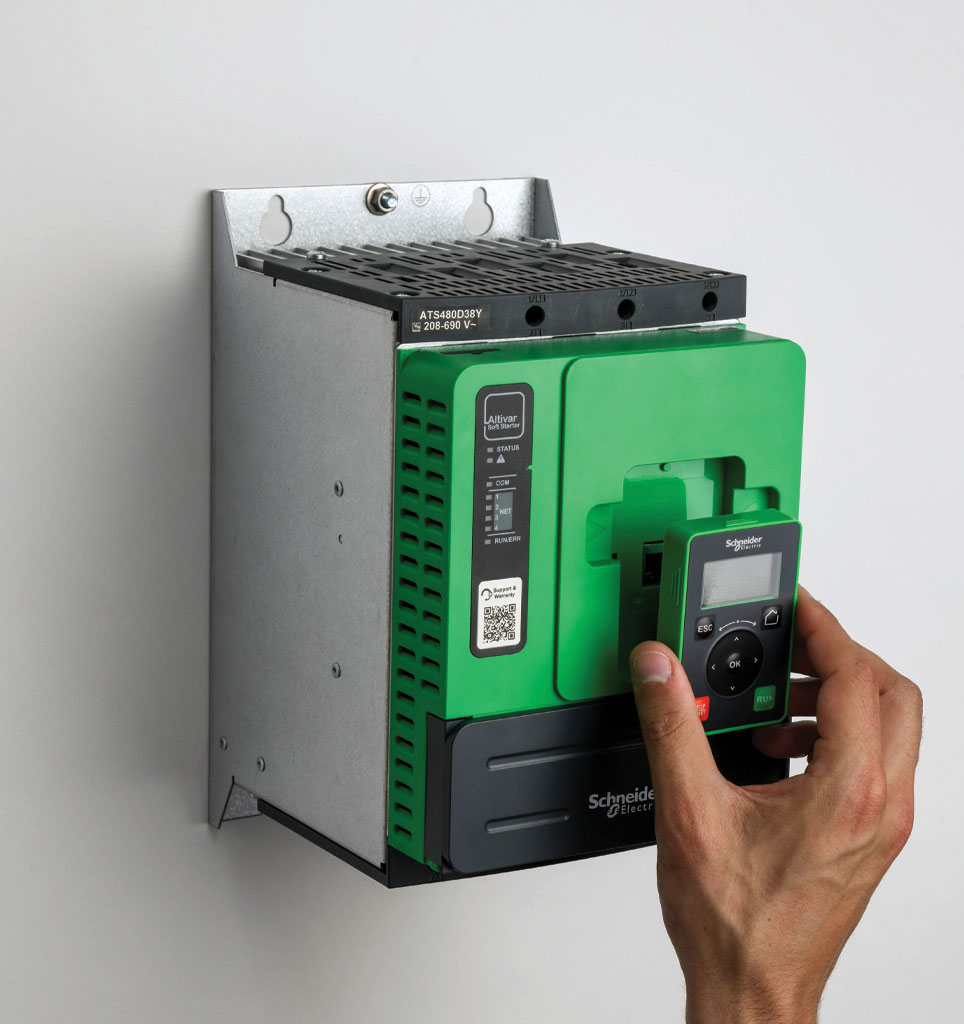
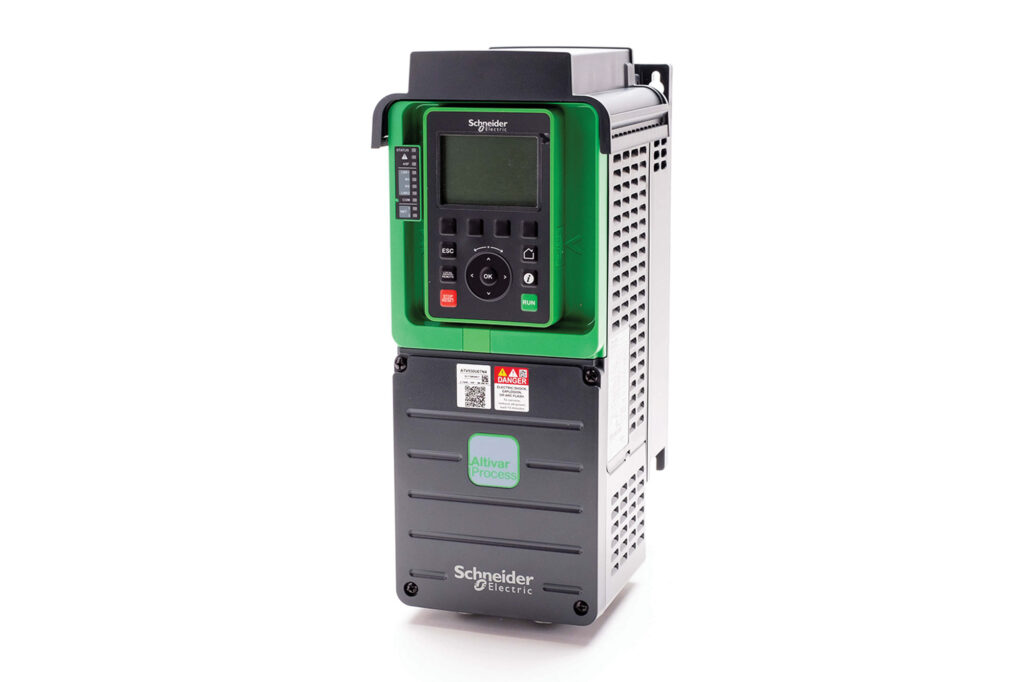
Run-to-Fail
- Not a critical device or process – therefore little impact with failure
- No budget
- Moving into another facility
- Major infrastructure change planned in near future
- Existing service contract to handle sudden failures
- Spare parts available
Revitalise
- Limited budget, OPEX only
- CAPEX expenditure timing
- VSD range allows for replacement of key parts prone to failure extending life of drive
- Mature operations & maintenance program (trained personnel)
Retrofit
- OPEX budget available
- Need to move to newest generation of VSDs due to lifetime and availability of parts and service
- Important to maintain same VSD enclosure and cabling due to cost, time and environmental reasons
Total replacement
- Vendor no longer supports VSD & spare parts are unavailable
- Output and efficiency ratings do not meet current or future needs
- Unserviceable parts have failed or are likely to fail
- Access to latest technology like enhanced connection features
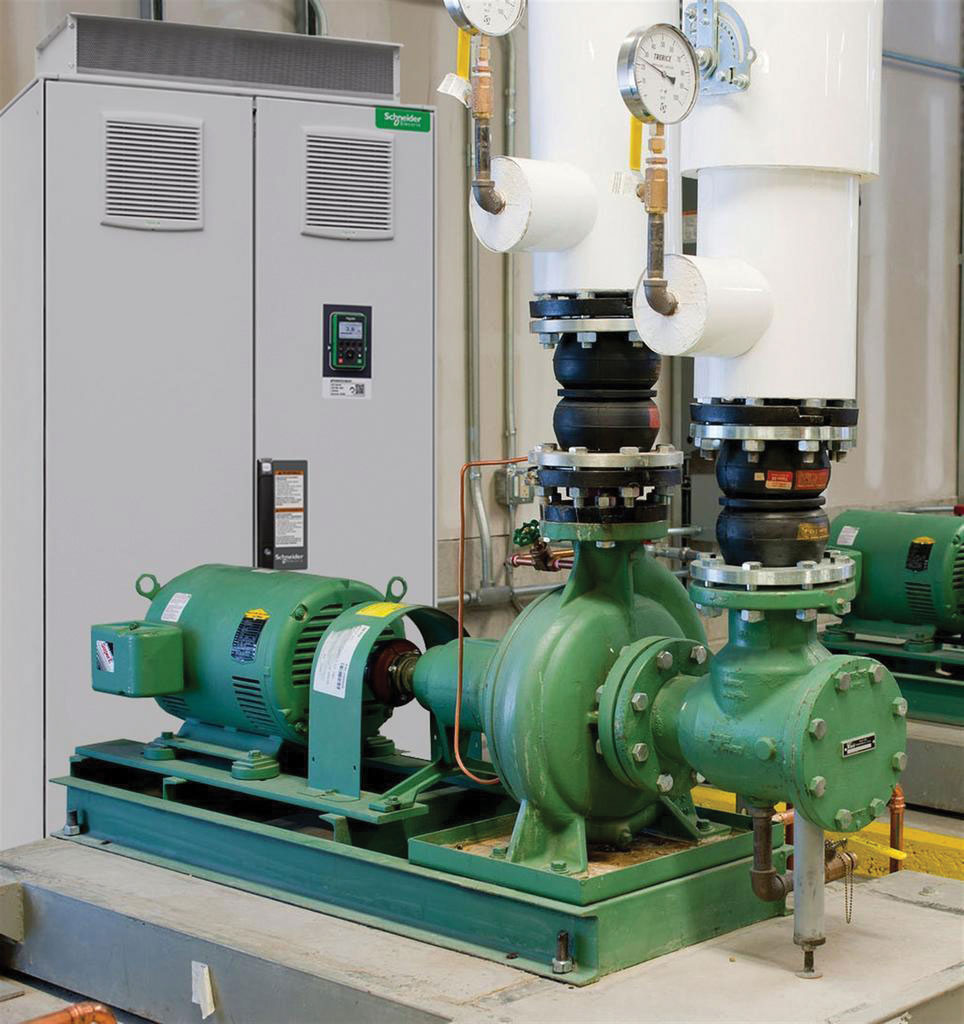
What to do with an aging drive is not always obvious and there are more options today than many might expect. There is no one right answer, but rather a range of right answers depending upon various factors including budget, service and parts availability and plant/facility long-term plans. Understanding the current situation and future requirements will largely determine whether it makes more sense to implement a “run to fail”, revitalise, retrofit, or total replacement plan.
Overview of options
- Run-to-Fail with minimal maintenance
“Run to fail” does not mean literally doing nothing to maintain the drive. Rather, it means to keep the older drive in service until “end of life” is reached without any significant expenditures to maintain or upgrade the drive to newer condition, such as by replacing parts like capacitors, fans, etc. Even in a “run-to-fail” mode, drives should undergo regular preventive maintenance and be regularly monitored for health and status changes that might indicate the presence of a problem. Assuming the drive does not fail unexpectedly, it is the lowest cost option with the least amount of disruption to day-to-day operations. However, the risk of sudden failure and process downtime is higher. Companies need to consider the business impact of unexpected downtime. As a drive ages, more reactive maintenance should be expected. However, the amount of risk from such a sudden failure can be mitigated by several factors:
- Maturity of the operations and preventive maintenance program.
- Are staff trained and available to respond quickly to problems?
- Are methods and procedures in place detailing steps to mitigate common problems?
- Are spare parts on hand to deal with common problems?
- Service contract terms and status.
- Is break/fix service still provided and are response times within required timeframes?
- Does technical support service meet requirements and operating schedule?
- Revitalise (Life Extension Service)
Revitalising the drive using the EcoFit™ Life Extension service is available for selected aging drives which will extend the service life by several years. Performing this type of comprehensive maintenance is certainly more interruptive to on-going operations compared to the first option of “run-to-fail”. But compared to replacing with a completely new drive, a revitalisation can take less time and may be more affordable. Revitalisation can typically be performed within an approved maintenance window with limited downtime. Also, in cases where the drive has not been systematically maintained – inspected and cleaned annually, wear parts changed in defined intervals and according to operating environment conditions – revitalisation can be an option to restore drive performance and reliability in one service as it covers the bulk of preventive maintenance plus additional tasks and part replacements. EcoFit™ Life Extension services from Schneider ElectricTM provide a visual, environmental and functional inspection to evaluate the condition of the drive and drive environment, followed by a comprehensive maintenance, with change of ‘spare and wear’ parts.
EcoFit™ Life Extension drive part replacement
- Fan for control electronics
- Fan for power electronics
- Fan control board
- Fan for enclosure (if applicable)
- Filter pads
- Damaged wires, screws, and plastic parts
- DC link capacitor
Disposal of old components is done in accordance with local legal legislation and drive manufacturer rules and guidance. Further maintenance recommendations are provided covering the extended service life of the drive along with a maintenance service contract. The option to include a predictive maintenance model via remote condition monitoring is also typically evaluated when an aging drive is revitalised. EcoFit™ Life Extension provides affordable on-site preventive replacement of both wear and spare parts designed to extend the reliable life of a drive. It allows owners to maximise their initial capital investment while ensuring reliable operation throughout the extended lifetime of the drive, typically an additional 5 years.
- Retrofit (EcoFit™ Drive Replacement)
Compared to the previous options, retrofitting an older legacy drive with a new generation one means gaining the benefit of any updated drive features. In retrofitting, the enclosure of the drive as well as cabling is maintained while the drive itself – including rectifier, control unit and inverter – is modernised with the latest generation components. Depending on the drive model being upgraded, engineering might be needed to match the newer components to the existing enclosure and surroundings in general. The drive manufacturer/supplier can provide engineering needed to fit the new set up exactly to the customer’s needs and technical set up. The scope and extent of the work depends on how close or backwards compatible the drives involved are. Installation time can be shorter than with a total replacement, meaning reduced production downtime. Training of personnel on the new drive will be required to ensure that they can operate and maintain the new drive efficiently.
- Total Replacement
Replacing an older legacy drive completely with a new one requires some downtime during the replacement; more in the case of higher power ranges of VSDs. Replacing older equipment with new lowers the overall risk profile but initial capital expenditures will be higher than performing a revitalisation or retrofit. However, this cost should be balanced against potentially lower operating expenses due to a more efficient drive and lower service costs. Training of maintenance personnel and updating of maintenance procedures must also be considered. The drive manufacturer/supplier can provide services related to the drive replacement, including removal/disposal of the old drive, startup and commissioning as well as transition an existing service contract (if one exists) to ensure the replacement goes smoothly.
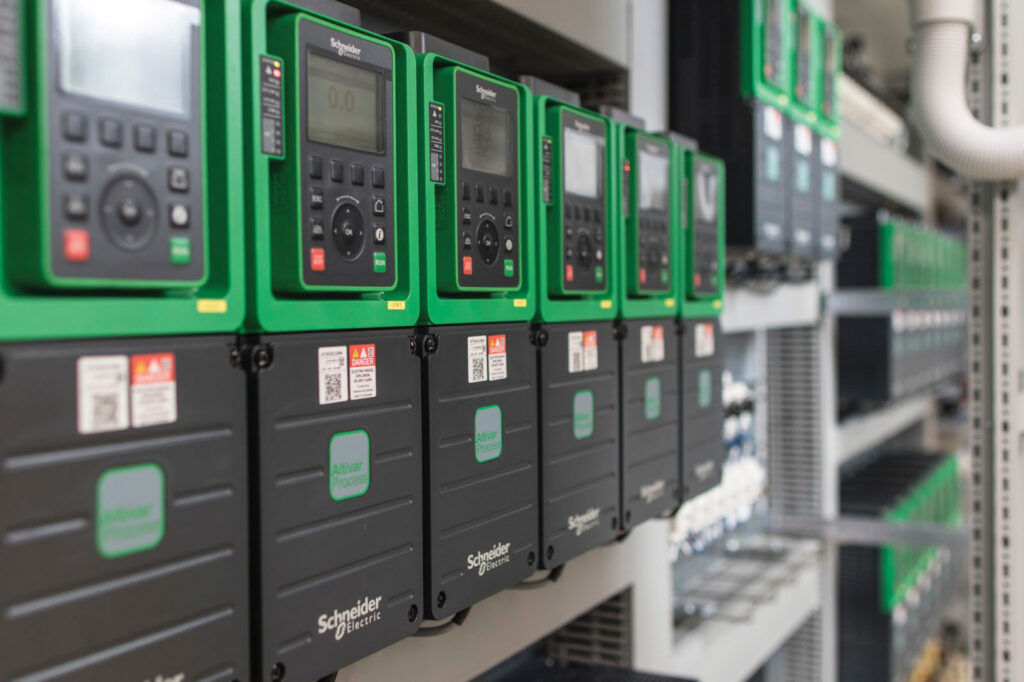
Analytics, next step to improve Lifecycle
An important step to minimise downtime and optimise drives performance is to include digital services. Digital services are enabled by an IoT architecture with analytics running on the Schneider Electric cloud and supported by experts that provide actionable recommendations. Analytics platform monitors the health of the key drive components, generating proactive asset and environmental assessments. This valuable information is used to define recommended actions in anticipation of risks, so maintenance actions are scheduled only when required. Based on the Life-cycle management option, there is an analytic recommendation to consider. In “run to fail” mode, we may need a preliminary assessment before analytics can be applied complementing the necessary preventive maintenance to avoid sudden failures. A similar recommendation can be applied for drive revitalisations. On the other hand, for drive retrofits and total replacements, it is strongly suggested to include analytics as part of the maintenance service. In addition to extending the drive life cycle
and decreasing of Total Cost of Ownership, the risk of downtimes decreases considerably due to the inclusion of condition-based information that analytic tools provide.

